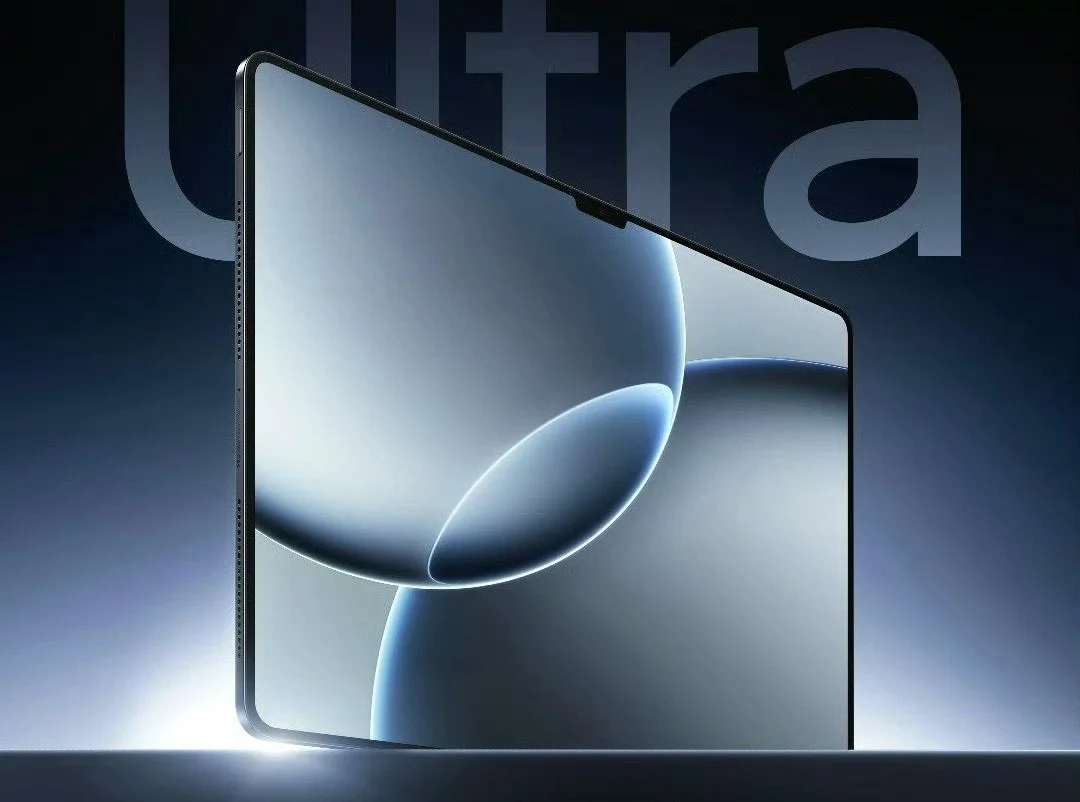
Xiaomi’s Bold Move: Mass Production of Self-Developed Xring O1 Chip Signals New Era
In a significant stride towards technological independence, Xiaomi has announced the mass production of its in-house developed Xring O1 chip. This move, spearheaded by founder and CEO Lei Jun, positions Xiaomi alongside tech giants like Apple, Samsung, and Huawei, all of whom design their own silicon.

Lei Jun revealed on Weibo that the Xiaomi 15S Pro smartphone and the Xiaomi Pad 7 Ultra will be the first devices powered by the new chip. A launch event is scheduled for Thursday, promising a glimpse into the capabilities of the Xring O1.
This venture represents a substantial investment by Xiaomi. Lei Jun stated that the company has already poured 13.5 billion yuan ($1.87 billion) into the Xring O1 project, with plans to invest at least 50 billion yuan ($6.9 billion) over the next decade into chip design. This commitment underscores Xiaomi's ambition to control more of its supply chain and innovate at a deeper level.
The Xring O1 is based on a 3-nanometer manufacturing process, placing it at the cutting edge of semiconductor technology, comparable to Apple's A18 Pro chips in the upcoming iPhone 16 Pro. This advanced process hints at improved performance and power efficiency for Xiaomi's devices.

While Qualcomm has been a key supplier of SoCs for Xiaomi's flagships, this move toward in-house chip development is a strategic one. Qualcomm CEO Cristiano Amon acknowledged that they "remain a strategic supplier of chips for Xiaomi," emphasizing the continued use of Snapdragon chips in Xiaomi flagships. However, analysts believe Xiaomi aims to differentiate itself through tighter hardware and software integration, potentially unlocking unique user experiences.
The Xiaomi Pad 7 Ultra, one of the first devices to feature the Xring O1, is generating significant buzz. Reports indicate a laptop-sized 14-inch OLED display, a massive 12,000mAh battery with 120W fast charging, and a sleek 5.1mm thickness. Leaks also suggest performance close to the Snapdragon 8 Elite, signalling flagship-level capabilities for the tablet.

This isn't Xiaomi's first foray into chip design. The company released the Surge S1 in 2017 but later suspended SoC development. The Xring O1 marks a significant return to a critical smartphone component, joining Xiaomi's existing portfolio of chips for power management and imaging.
Will this bold move propel Xiaomi to new heights in the competitive tech landscape? Will the Xring O1 live up to the hype and deliver a truly differentiated user experience? Share your thoughts in the comments below!